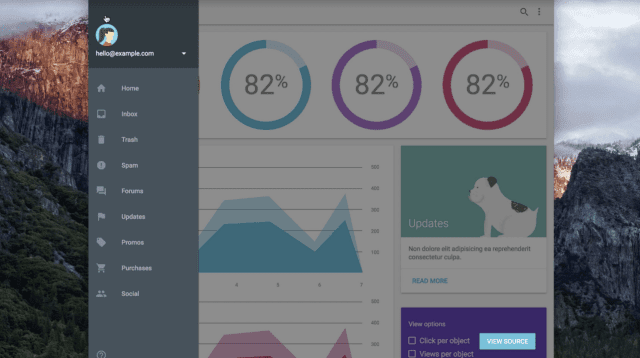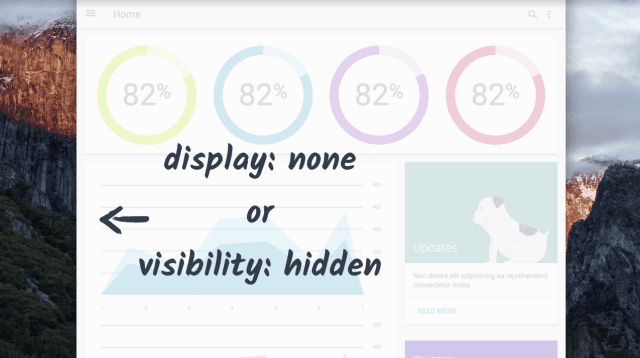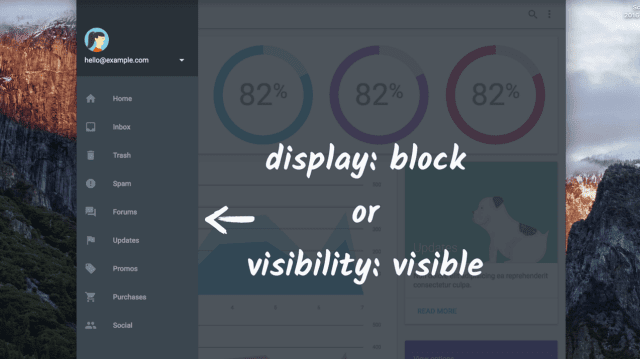The importance of the default DOM order
Working with native elements is a great way to learn about focus behavior because they are automatically inserted into the tab order based on their position in the DOM.
For example, you might have three button elements, one after the other in the
DOM. Pressing Tab focuses each button in order. Try clicking the code block
below to move the focus navigation start point, then press Tab to move focus
through the buttons.
<button>I Should</button>
<button>Be Focused</button>
<button>Last!</button>
However, it's important to note that, using CSS, it's possible to have things
exist in one order in the DOM but appear in a different order on screen. For
example, if you use a CSS property like float to move one button to the right,
the buttons appear in a different order on screen. But, because their order in
the DOM remains the same, so does their tab order. When the user tabs through
the page, the buttons gain focus in a non-intuitive order. Try clicking on the
code block below to move the focus navigation start point, then press Tab to
move focus through the buttons.
<button style="float: right">I Should</button>
<button>Be Focused</button>
<button>Last!</button>
Be careful when changing the visual position of elements on screen using CSS. This can cause the tab order to jump around, seemingly at random, confusing users who rely on the keyboard. For this reason, the Web AIM checklist states in section 1.3.2 that the reading and navigation order, as determined by code order, should be logical and intuitive.
As a rule, try tabbing through your pages every so often just to make sure you haven't accidentally messed up the tab order. It's a good habit to adopt, and one that doesn't require much effort.
Offscreen content
What if you have content that isn't currently displayed, yet still needs to be in the DOM, such as a responsive side-nav? When you have elements like this that receive focus when they're off screen, it can seem as if the focus is disappearing and reappearing as the user tabs through the page — clearly an undesirable effect. Ideally, we should prevent the panel from gaining focus when it's off screen, and only allow it to be focused when the user can interact with it.

Sometimes you need to do a bit of detective work to figure out where focus has
gone. You can use document.activeElement from the console to figure out which
element is currently focused.
Once you know which off screen element is being focused, you can set it to
display: none or visibility: hidden, and then set it back to display:
block or visibility: visible before showing it to the user.


In general, we encourage developers to tab through their sites before each
publish to see that the tab order doesn't disappear or jump out of a logical
sequence. If it does, you should make sure you are appropriately hiding
offscreen content with display: none or visibility: hidden, or that you
rearrange elements' physical positions in the DOM so they are in a logical
order.



